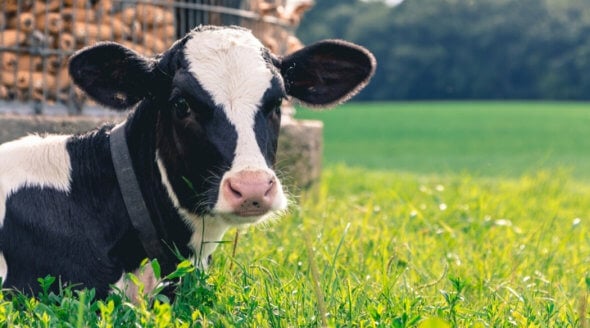After Cats’ Deaths By Antifreeze, PETA Offers Tips For Protecting Animals
For Immediate Release:
9 December 2014
Contact:
Ben Williamson +44 (0) 20 7837 6327, ext 229; [email protected]
Kids and Animals Can Be Spared Through Preventive Steps: Buy Bitter-Tasting Antifreeze, and Always Store Antifreeze Responsibly
Nottingham – Following reports that 22 cats have died of antifreeze poisoning in just the last four months in the Nottingham village of Calverton, PETA – whose motto reads, in part, that “animals are not ours to abuse in any way” – is calling on people everywhere to take steps to protect companion animals, wildlife and children from deadly antifreeze.
Because Nottingham still faces subzero temperatures, will you please share the following life-saving information with your readers?
Some antifreeze contains ethylene glycol, a toxic, colourless and odourless liquid whose sweet taste is attractive to animals and toddlers. Animals and children who ingest this chemical may begin to vomit, convulse, stagger or simply appear listless and distressed. If they don’t receive veterinary or medical carewithin the first few hours of ingestion, they will experience kidney failure and almost certainly die painfully. According to the Child Accident Prevention Trust, many 3- and 4-year-olds are able to open a child-resistant cap after only a few seconds of trying. Emergency care must be sought immediately for suspected cases of antifreeze poisoning.
PETA makes the following suggestions for safeguarding animals and children:
- Buy safer antifreeze. Antifreeze that contains a bittering agent is less attractive to children and animals, and antifreeze that contains propylene glycol is less toxic than antifreeze with ethylene glycol.
- Handle antifreeze with care. Avoid spills, always tighten childproof caps securely after use and store antifreeze in a place where animals and children can’t get to it.
- Warn your friends and family. Spread the word about the danger of antifreeze poisoning, such as by sharing PETA’s blog post on social media.
For even more tips, visit PETA.org.uk.
#

